If you’ve been having trouble with your vehicle and you went and got the O2 sensors replaced, you expect the problem to be completely resolved. That’s why it can be so frustrating to see error codes flashed back at you, just after making the replacement.
Many people have the bad experience of having to unnecessarily replace an O2 sensor. Most of the time, replacing the O2 sensor and still seeing the error code is evidence that there was nothing wrong with your O2 sensor in the first place! Instead of worrying about having wasted money, we can perform some basic troubleshooting checks to ensure that you don’t replace another part unnecessarily.
There are instances where people replace their O2 sensor three or four times only to realise that it was another part that was malfunctioning from the beginning! That’s why it’s so important to perform multiple checks on different parts so that you can rule out any other options. In this article, we explore multiple options for what could’ve gone wrong.
I replaced my O2 sensor and I still have an error code. Why?
Here are a few reasons why you’re still seeing an error code after replacing your O2 sensor:
- Bad wiring
- Exhaust Pipes leaking
- Bad Spark Plug or Fuel Injector
- Bad Catalytic Converter
Maybe you’re not struggling with the O2 sensor, but the wheel speed sensor is giving you trouble. In that case, we recommend checking out this article here.
Table of Contents
Top 4 Reasons Why You Replaced O2 Sensor and Still Have Code
The most common codes that people will see in this particular situation are P0134, 0138, and 0139, though you are probably seeing P0420. These codes do not point out to a specific issue but they can help hint at the root cause of the issue. Here are a couple of the parts to take a look at so that you can perform the diagnosis yourself. We always try to include do-it-yourself options for replacement and repair: but sometimes the issue is too severe or complicated to perform on your own.
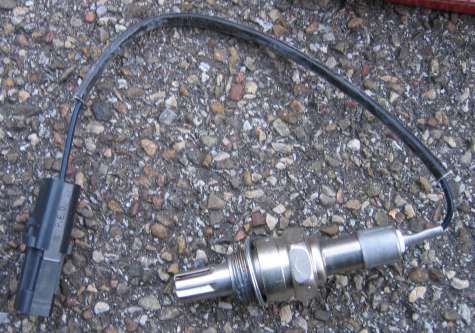
Even if you have to eventually take your parts to a mechanic, it saves you a lot of time, ambiguity and money now that you know what needs to be fixed. Some parts stores will try to force you to replace an expensive and unnecessary part, and you can be saved from this fate by doing the homework yourself.
Reason #1: Bad Wiring
We included this reason as the first one since it is the easiest to solve and troubleshoot. If you have bad wiring, it doesn’t matter how well or how poorly your O2 sensor is performing: since the error code will persist constantly.
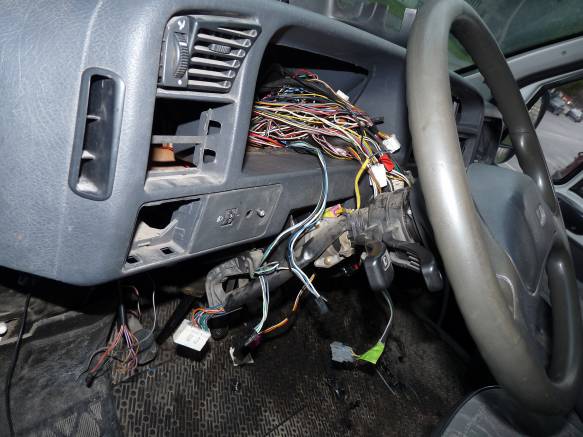
If you’re wondering which wires we’re talking about, your O2 sensors have four wires that are attached to it. Two of these are connected from the sensors to the computer, while the other two are connected to a device that is responsible for heating up the vehicle in cold temperatures for optimal functionality.
What happens over time is that these wires can either get damaged by wear and tear, extreme weather conditions or even corrosion. This is the danger of fitting sub-par quality wires: they stop working optimally and then we tend to blame the bigger parts for the issue.
Solution: You will have to take a good look at these four wires. If there is anything that has gone wrong with the wires, it will be fairly easy for you to spot it. Broken wires are easy enough to locate, and you’ll be able to see if they have gotten burnt or charred. If they’re corroded: that’s very easy to see as well.
The only option is to source replacement wires and do this yourself. Of course you have to be very careful while changing the wires: so if you’re not experienced with this kind of replacement, leave it to a professional to do the job. You will still save money by sourcing the wires yourself.
Reason #2: Exhaust Pipes Leaking
A lot of people make the mistake of assuming that there’s no connection between the exhaust pipes and the O2 sensor. This is obviously incorrect. One of the major things that happen with a leaky exhaust pipe is that the exhaust gases and pollutants get an opportunity to leak out. Simultaneously, however, there’s a change for oxygen to also get into the pipes at the location of the leak. If that oxygen is able to travel upstream, it will be detected by the O2 sensors and this will register as an error code.
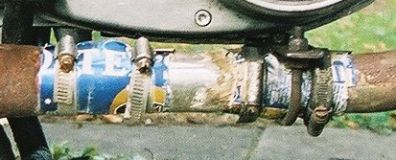
Solution: The solution for this problem is easy enough. If you’ve been able to locate the leak on your exhaust pipes, you only have to work on either repairing it or replacing the exhaust pipe altogether. It’s important to zero in on the issue because you cannot make assumptions about the leak. You might want to get a second opinion.
If the leak is too major to be repaired, you should consider replacing not just the exhaust pipe but the entire system. Don’t underestimate the overhaul that a replacement exhaust system can do for your vehicle — it can boost your engine performance and help a clogged vehicle breathe better with higher horsepower and torque.
Reason #3: Bad Spark Plug or Fuel Injector:
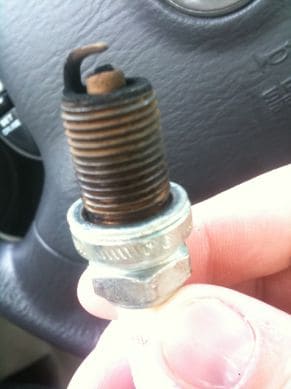
There’s also a good chance that the cause of the problem is simply a bad spark plug or fuel injector. Here’s what could have gone wrong: if a bad spark plug or fuel injector causes the cylinder to misfire, this results in excess oxygen that is circulating around the vehicle. If the O2 sensor gets wind of this, it will think that there is less fuel being injected. As a result, too much fuel can end up being burnt in the catalytic converter, which can be very damaging to the entire vehicle.
Solution: You will have to confirm that a cylinder really did misfire and then also zero in on whether it is the spark plug or the fuel injector at fault. Unfortunately, there’s not much you can do about this at home, so we recommend that you take this to a professional.
Reason #4: Bad Catalytic Converter
This is one of the more expensive parts to replace in the car, which is why we strongly recommend that you double-check if it’s not any other part to blame before you decide that you have to replace your catalytic converter.
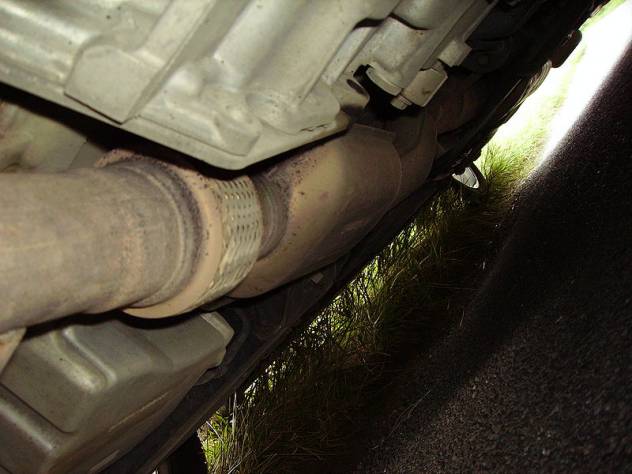
Solution: It is also not as common as the other things that go wrong, but it could still be very much possible. If your mechanic is suggesting that you replace the catalytic converter, make sure you get a second opinion (and a third!)
Conclusion
No matter what the issue is: bad wiring, exhaust pipes, spark plug, fuel injector or catalytic converter: this can be resolved easily. You shouldn’t have to spend more than a week in total with the diagnosis, replacements, second opinions, and more. If you’ve realized that you replaced the O2 sensor for no reason: don’t be disheartened! You’ve definitely invested in the lifespan of your vehicle and the new O2 sensor will go a long way. Good luck!
